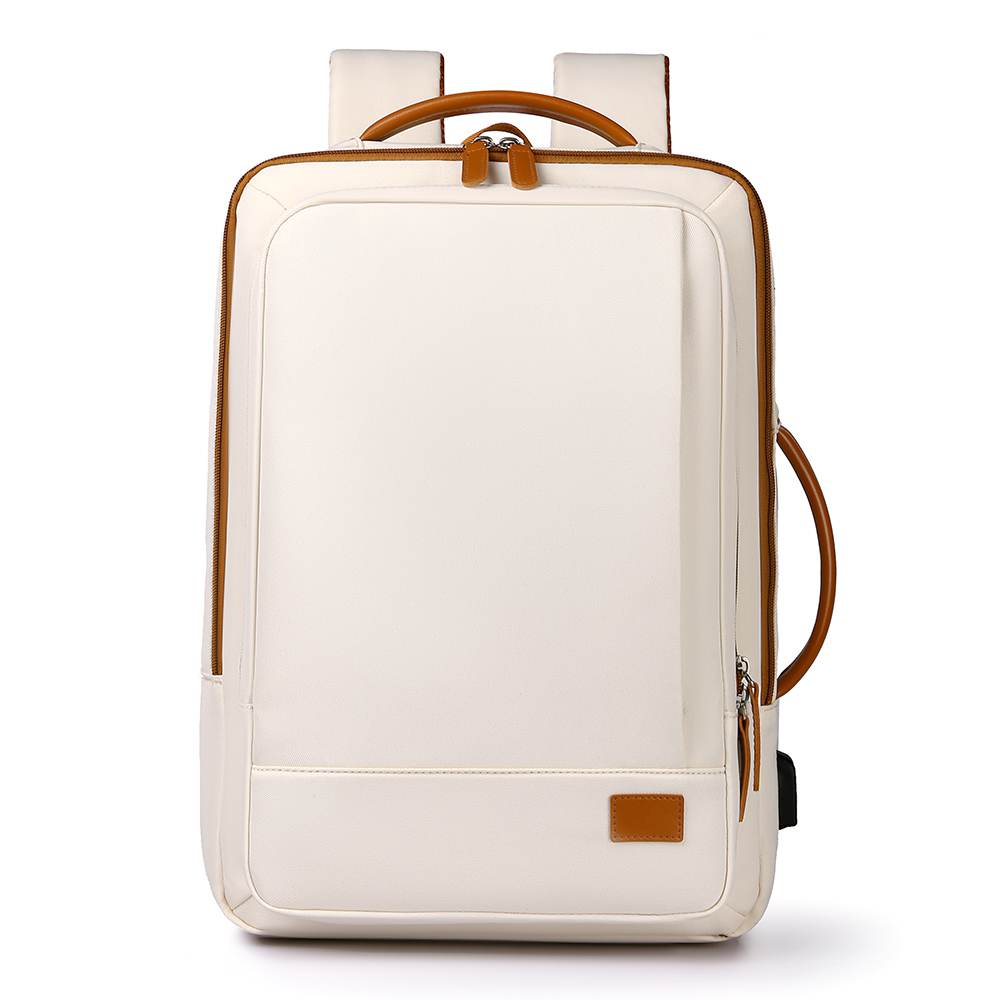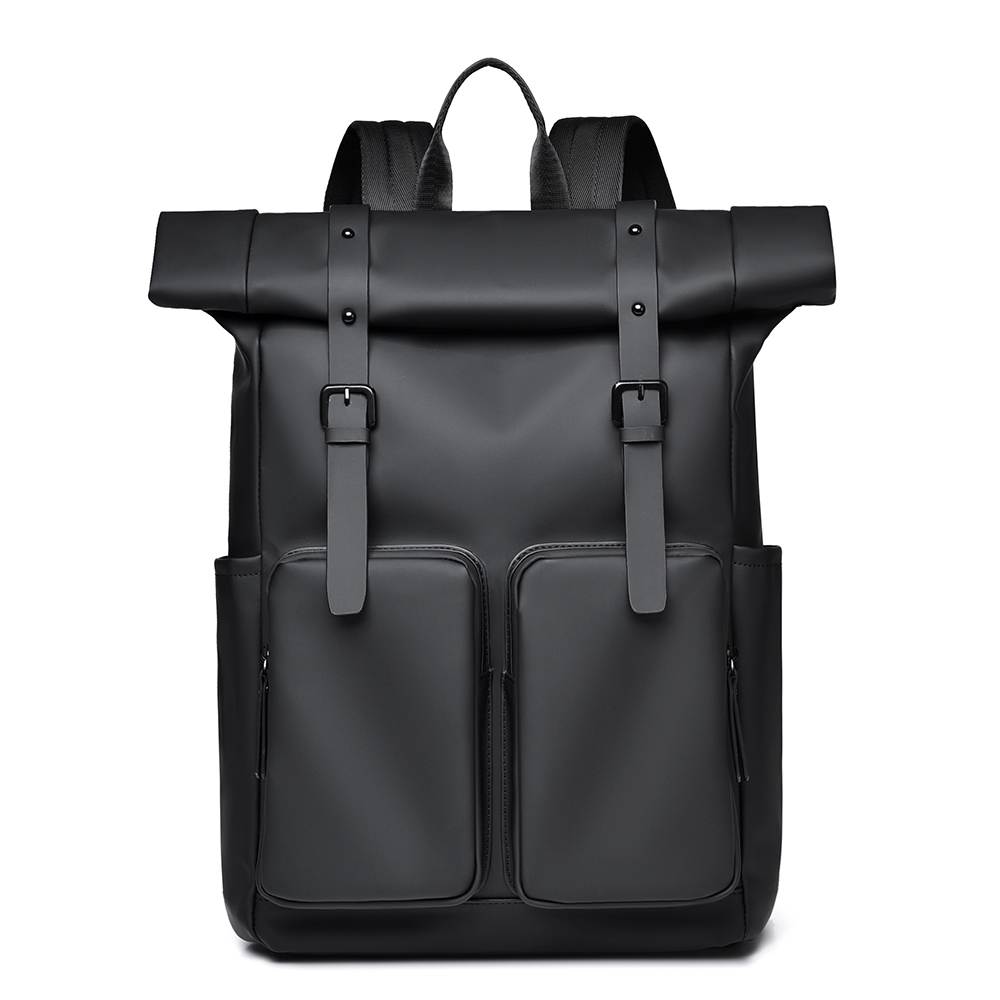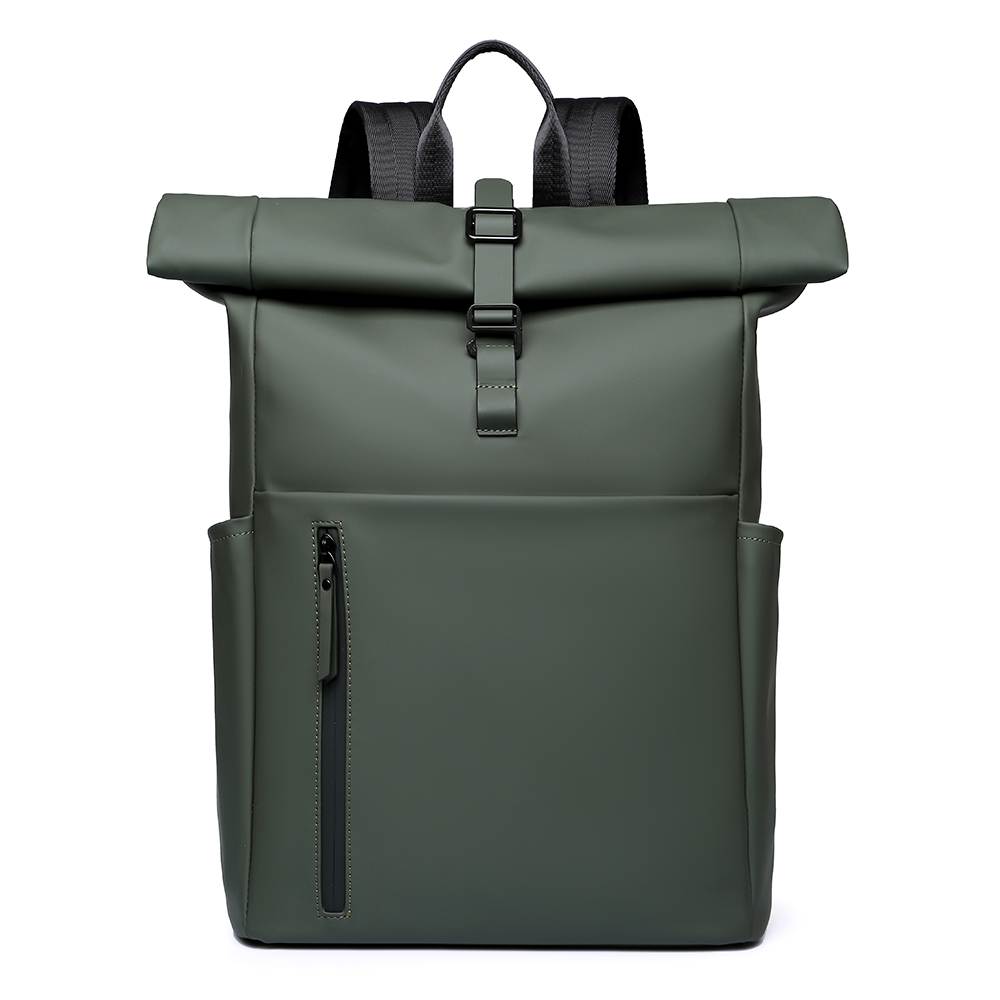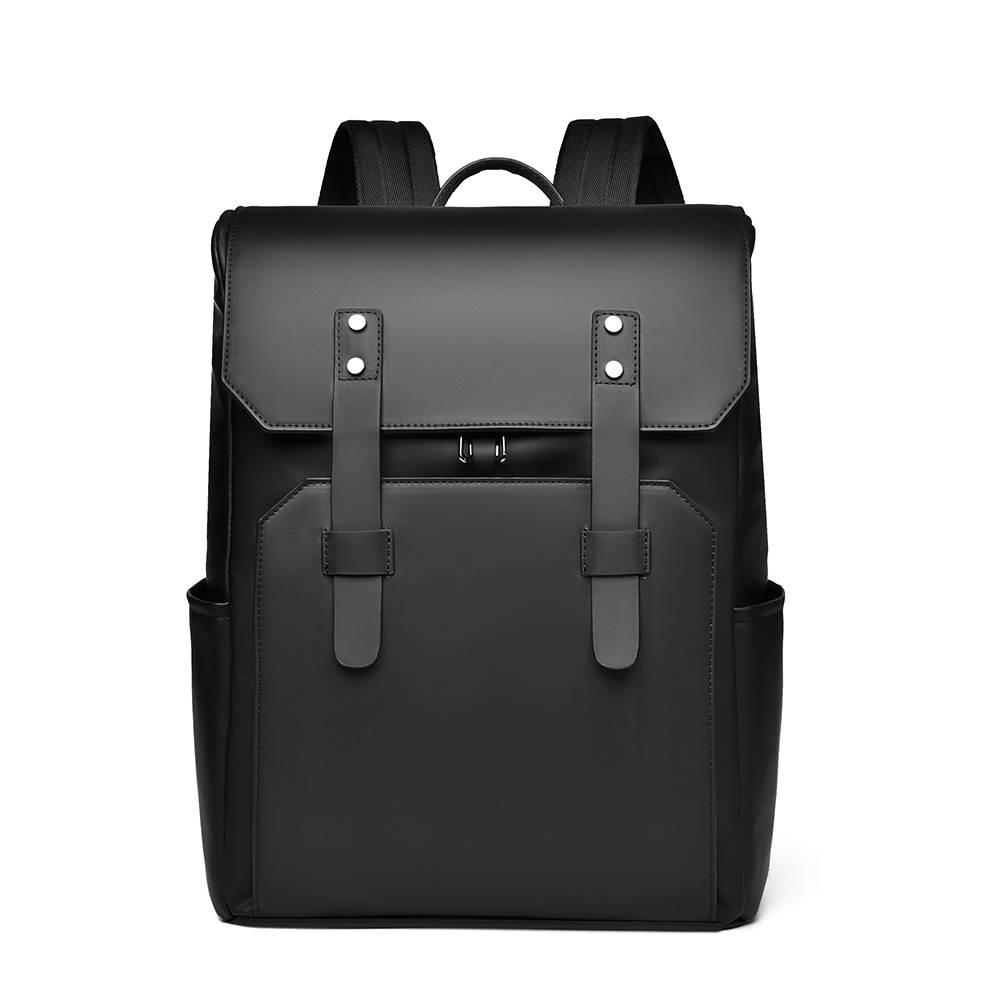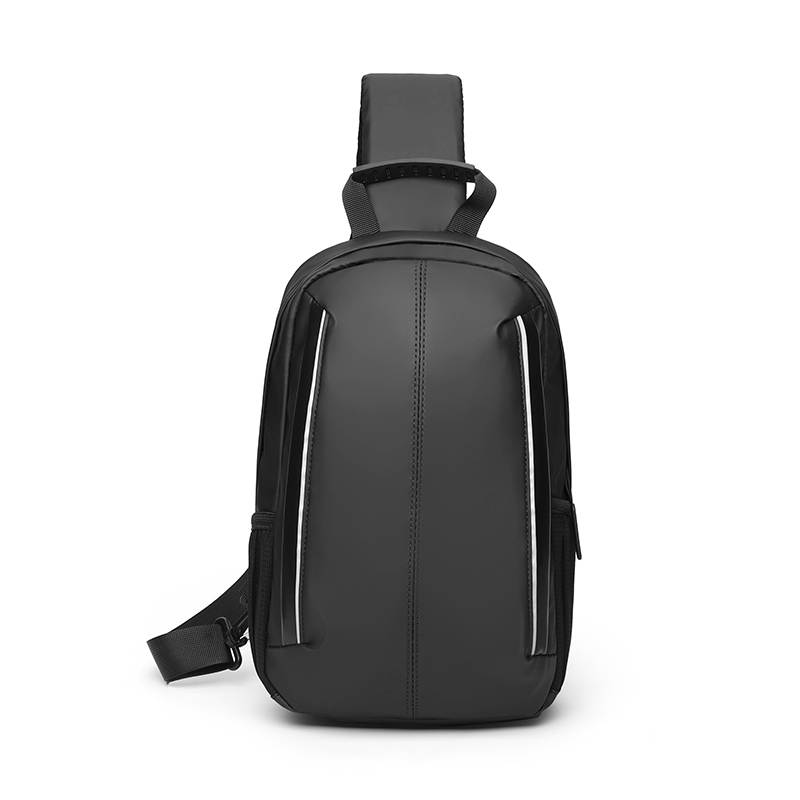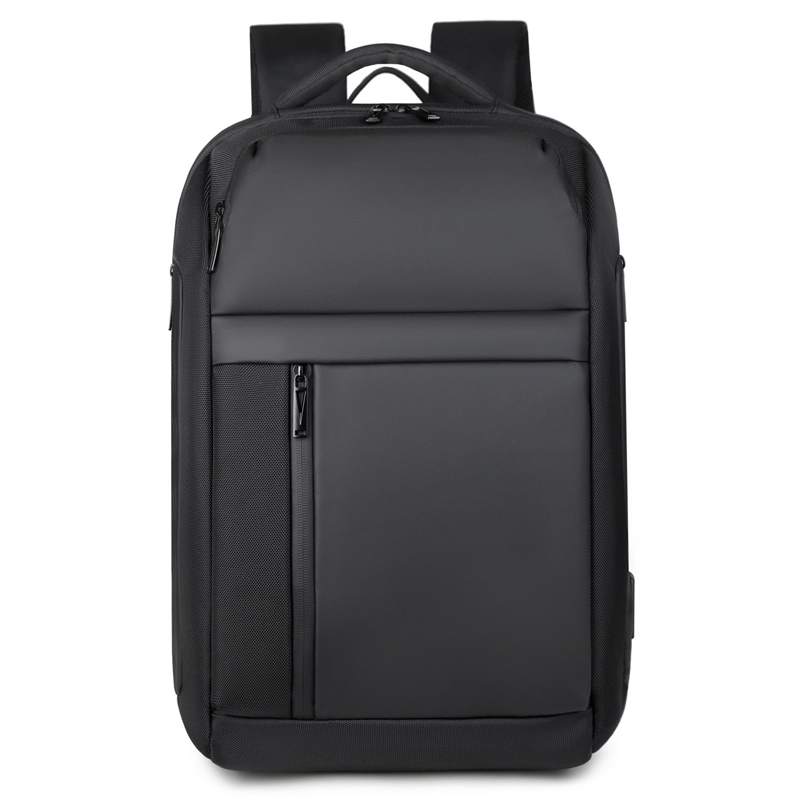A Guide to Oxford Fabric: Types, Uses, and Features
2024-07-02 13:52:07
hebei leimande
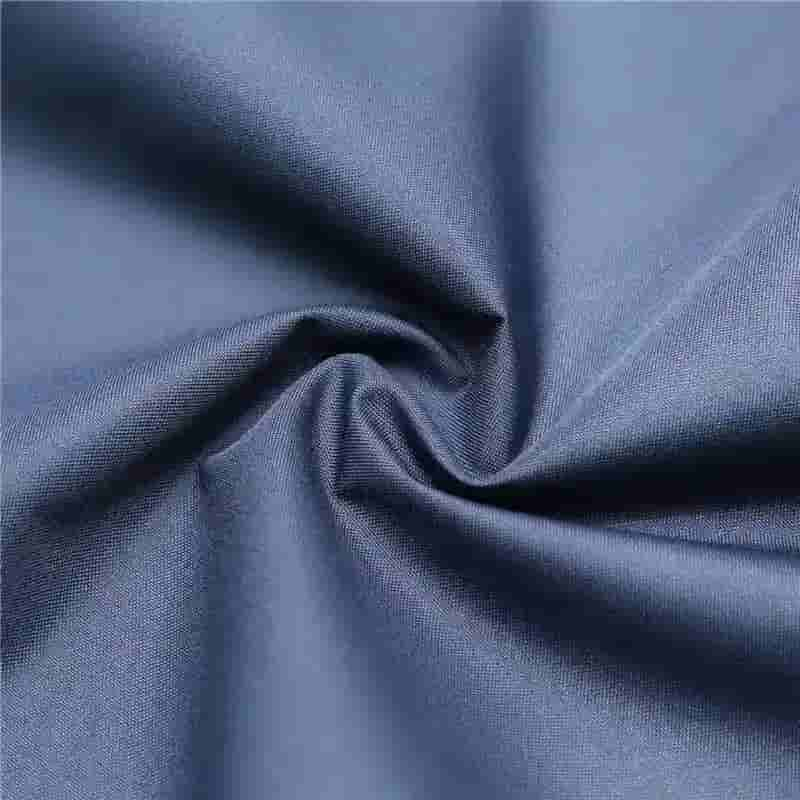
Oxford fabric is a common fabric that originated in 1900 in England. It is named after the University of Oxford and has multiple functions and a wide range of applications.
What are the specifications of Oxford fabric?
The specification of Oxford fabric is denoted by "Denier," for short "D," which refers to the weight of 9000 meters of fiber in grams.
- 150D Oxford fabric: The yarn count is 150 pieces. It offers high abrasion resistance,waterproofing,and lightweight. It is ideal for leisure bags and outdoor goods, such as umbrellas and raincoats.
- 210D Oxford fabric: The yarn count is 210 pieces, offering greater durability than 150D Oxford fabric. It is suitable for car seats and backpacks with high abrasion-resistant requirements.
- 300D Oxford fabric: Provides good waterproofing and abrasion resistance. It is used to manufacture lightweight backpacks and travel bags.
- 420D Oxford fabric: The yarn count is 420 pieces. It is high-density and stronger in abrasion resistance, applied to high-quality outdoor goods and medium-sized backpacks.
- 600D Oxford fabric: Made with a higher yarn count and stronger thread, giving it superior durability and quality. It is used for premium goods, including all-sized backpacks, suitcases, and travel bags.
- 840D Oxford fabric: The use of heavy polyester ensures greater resilience, resulting in the production of high-end backpacks, crossbody bags, and suitcases.
- 900D Oxford fabric: Highly strong and abrasion-resistant. It is ideal for creating robust items such as backpacks, suitcases, and tote bags.
- 1200D Oxford fabric: Uses the heaviest polyester to withstand greater weight and pressure, with excellent water and dirt prevention. It is ideal for large outdoor equipment, tool bags, and other rugged applications.
- 1680D Oxford fabric: With the most muscular tension strength, abrasion resistance, extremely high density, and waterproofing. It is used on exclusive outdoor goods and bags.
Classification of Oxford Fabric
The Oxford fabric can be divided into the following five parts:
Plaid Oxford Fabric:
Special for all kinds of bags.
The fabric adopts a plain weave the way with a tap water jet loom. Grey cloth will be light texture, soft feel, great waterproofness, and durability after loosing and refining, alkali reduction, dyeing, antistatic finish, coating, and other treatments. This is the most widely used fabric.
Full Elastic Oxford Fabric:
Mainly used to make bags.
Use coarse dot change to penetrate the way with the tap water jet loom. Fabric scouring is done by the relaxation, pre-type alkali reduction, soft shape, the fabric opposite of rubber, and the plastic polyester layer, which will have a fine weave, velvety luster, and great waterproofness. This fabric is mainly used to manufacture women's bags.
Chinlon Oxford Fabric:
Mainly used for making flood and rain protection articles.
The fabric is plain texture structure, woven with water spray. Dyeing and finishing the grey cloth, and after coating, the cloth will become soft feel, strong drapability, novel style and great waterproofness. Besides, the fabric does not fade or distort and has many colors and lusters.
Nylon Oxford Fabric:
Special for all kinds of bags.
The fabric has excellent waterproofness and drapability with novel design and unique craft. In addition, the reverse side of the fabric is covered with PU coating. Its primary colors are black, navy blue, and coffee.
Weft Oxford Fabric:
Used to make all kinds of bags and shoes.
The fabric is made of weft strips interwoven in a water jet loom with a multi-arm tap. After dyeing and embossing the grey cloth, the fabric will have great drapability and waterproofness.
There is another way to make a classification. In accordance with the function, Oxford fabric can be divided into fire-retardant, waterproof, PVC, PU, camouflage, printed, and composite.
The Features of Oxford Fabric
Advantages:
Thin texture, soft feel, easy maintenance, comfortable, good breathability, waterproof, antistatic, stretch resistance, fire retardant.
Disadvantages:
Light transmission, low abrasion resistance, and ease of puncture.
Postscript:
Many countries worldwide have Oxford fabric factories.
China is one of the largest Oxford-producing countries.




